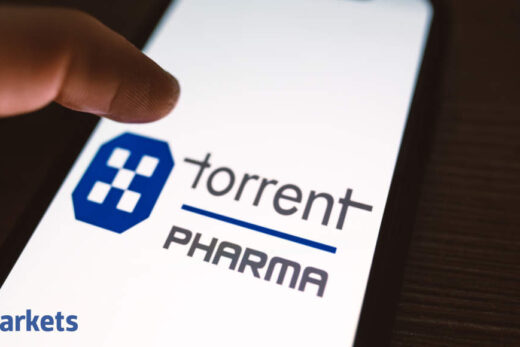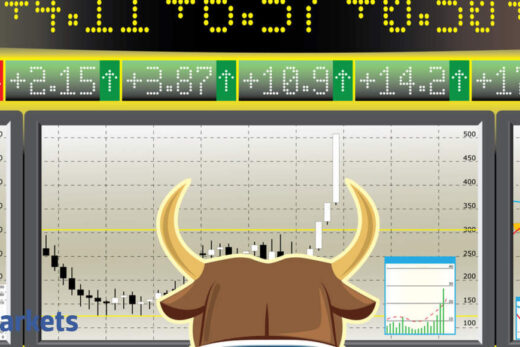Where do you think things will stabilise and the uptick will start kicking in?
Is price deflation in US generics higher now? The answer is yes. Compared to FY21 and FY22, in the first quarter or so, we have seen higher price erosion. However, I do not believe that there is any structural change that makes me believe that this kind of deflationary environment is likely to stay. There is a slight inventory build up but even when we look at the wholesalers, they are reporting that it is actually coming down. So, I do not expect this deflationary pressure to continue for more than a quarter or two.
Secondly, Econdisc, which is one of the largest sourcing companies for generics, split from WBAD. Companies have been a little bit aggressive in pricing to try to win the contract from Econdisc. However, in the long run, we are expecting Econdisc to hold discounts constant and so if anything, from three very large sourcing companies to four is actually a better thing for generics. I do not expect this to hurt generics in the long run either and they are also seeing some other changes in the healthcare value chain. There is so much vertical integration between the PBMs and the insurers and the specialty pharmacies, which augurs well for generics.
In the long term, the more vertically integrated value chain gets the higher control. These companies will have to see how many generics are actually dispensed. It is actually a positive for generic volumes in the long run.
What happens to the Covid bump up which most of the companies reported? If one works with an assumption that we do not have a third wave, what happens to the Covid inventory? Could it be a drag for the next two-three quarters?
We are expecting Covid cases to keep trending down and that means the Covid therapeutics business should also trend down. However, I do not think it is a high margin business at all if you look at what companies have said. It is coming in at margins that are lower than company averages. I do not think it is going to hurt margins. However, a company like Cipla or Glenmark or companies that have benefited quite a bit from selling Remdesivir and Favipiravir, we do see that it is coming down pretty sharply. What should help these companies is also that we are seeing demand recover on the ground.
If you look at the data, we are seeing healthy volume growth which means that now clinics are open on the ground, patient foot falls are increasing and companies should broadly benefit from the demand recovery we are seeing in the market.
The other overhang on pharma is the US FDA inspections. Do you sense that they could perhaps get stricter in the days to come?
There is a bit of an emerging risk given the long hiatus of FDA inspections. There are a bunch of companies where the manufacturing plants have warning letters and they have not been able to move forward because inspections are not happening and products that have been filled from a facility that has a warning letter will not get approved. So quite a few companies are struggling in terms of new launch approvals because their manufacturing plants are not being able to move forward from the warning letter or the OAI status.
In addition, for at least some of the companies in my coverage universe, the complex generics opportunity is supposed to materially move the needle in terms of earnings and growth. The complex generics unfortunately require a lot of time. They actually require a prior approval inspection. Cipla’s Advair might require a prior approval inspection and if FDA inspections do not commence soon enough, then we are seeing a potential delay. So I would assume that there is an emerging risk if the FDA inspections do not commence soon. If travel were to start and inspections to recommence, that would be a broad positive for the industry.
Are the pharmaceutical companies with a higher exposure to the United States at a higher risk?
Maybe for the next couple of quarters, on a YoY basis, I am expecting that generic price deflation could be higher in the second as well as the third quarters, But I am not seeing anything that is fundamentally changing which might sustain this deflation in FY23 as well. I do hope that in FY23, the deflationary pressures would be much softer compared to FY22. So for companies that have high exposure to the US, the Q2 and Q3 are likely to be soft quarters.
Would you say that the correction is actually an opportunity for those who have completely missed out on all of last year and this year’s pharma rally? Where within pharma would you tilt your preference?
I would say yes, any correction is an opportunity to buy. For example, Dr Reddy’s is a company we cover and we believe that it has corrected more than is warranted. This is a company where we do see material launches supporting US margins as well as growth. They have launched generic Kuvan, Ertapenem, the generic Vascepa — all of which we believe are material products for Dr Reddy’s. We see both the margins as well as growth turning around second quarter onwards. We believe Dr Reddy’s is a buying opportunity. As for Cipla, the biggest concern is whether they will be able to maintain the 22-23% margins that they posted in FY21.
We do believe that the sales and marketing costs in India will actually come in at levels that are much lower than what would have been because we do believe that there are some savings from the Covid which are likely to outlast Covid as well even as field operations normalise. We do believe that those margins are possible and as the broader market recovers, we believe Cipla will be able to grow at or above market growth rates. So Cipla is also a buying opportunity.
How are you folks seeing the API space? If somebody wants to play the API game, what is the best way?
I will not be able to take names because I do not cover any of the companies that do largely APIs. Broadly from a thematic perspective, I would concur with the opportunity from China plus one sourcing trend. When you are getting registered as a second source in regulated markets, it can take anywhere between 18 and 24 months, depending on how complex the API is. That means China plus one has not yet played out.
The significant bump in revenues and margins that we saw in Q1 and Q2 of last year was actually because a lot of emerging market consumers are shifting sources to India, which we have now seen come back down because those price conscious consumers have actually switched back to China sources. What we have not yet seen play out is developed market players who have realised that they need to increase the resilience in the supply chain and have started registering Indian suppliers as a second source. That will take another couple of quarters to play out and so there is more to come in terms of API opportunity.



